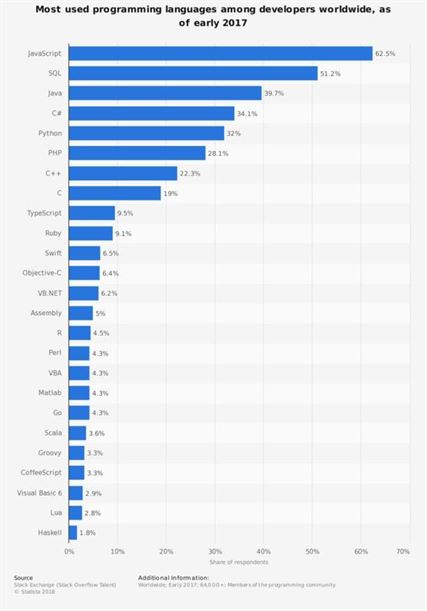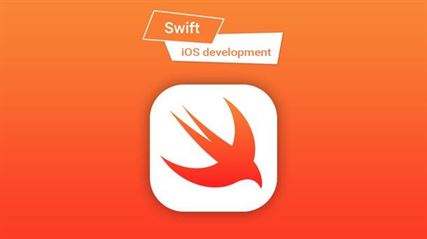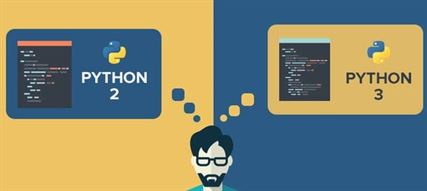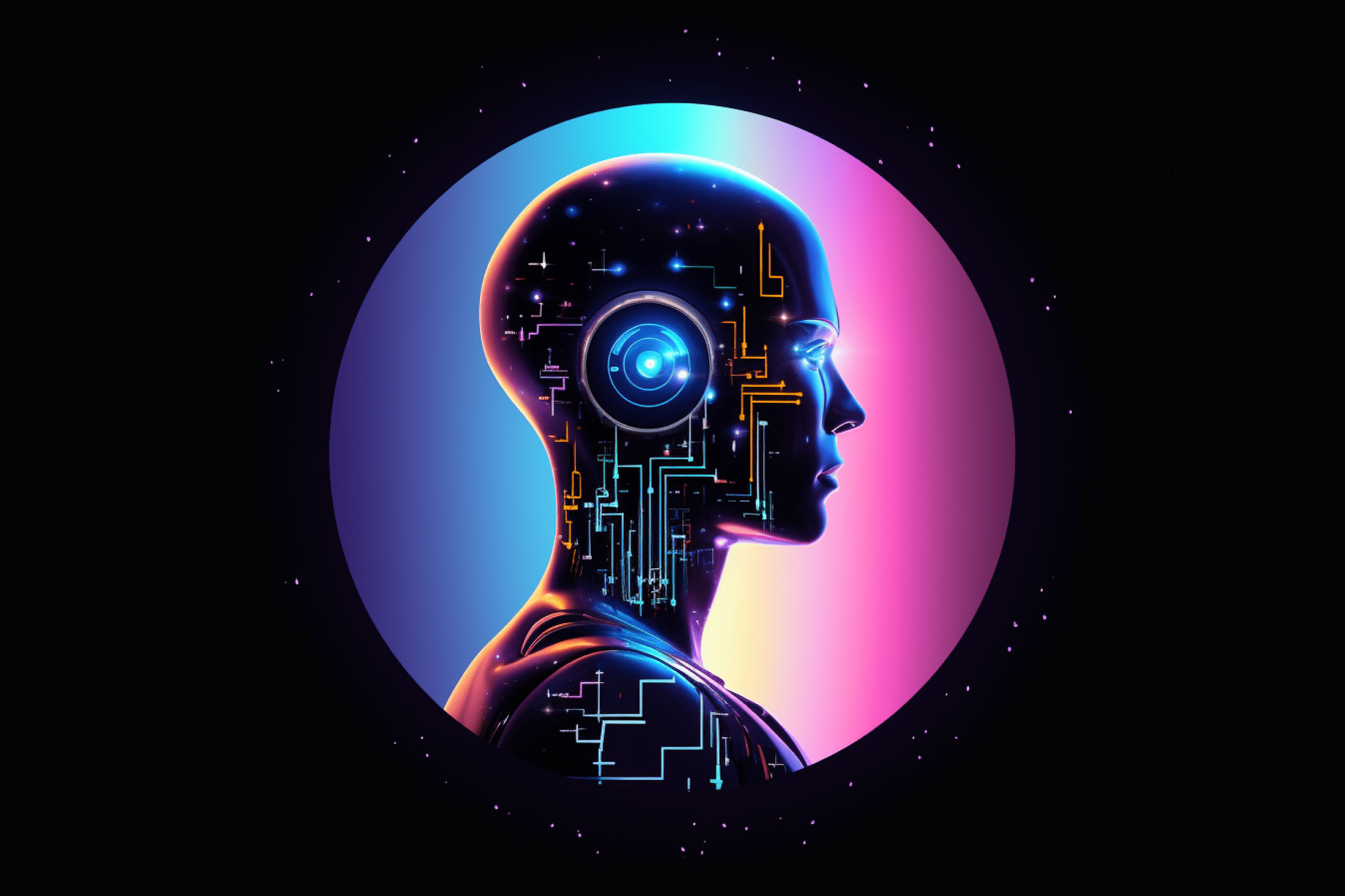It is an eternal question: which programming language is better, Python or Swift?? And more importantly, how to choose the language that will allow you building the best possible version of your product? In fact, the answers to these questions are very subjective and depend on many factors. Those factors can include the purpose of your product, its set of features, the market you are aiming for, and your budget. Moreover, over the course of the life cycle of your business, your decision might shift from one language to another.
In this article, we are going to take a look at differences between Python and Swift. We will provide the overview of both to help you decide for yourself which of them is a better fit for you.
Swift is a relatively new programming language. It has been announced by Apple back in 2014. In 2015, Swift became open source which has definitely helped to boost its popularity. The language began growing tremendously and in 2017 made it into the top 11 programming languages according to the IEEE Spectrum interactive app. Let's look into pros and cons of the Swift programming language in more detail.

Pros of Swift
-
Simplicity. Swift is created as quite a strict and, at the same time, simple language. Even compared to its predecessor, Objective-C, it uses much less code to develop the same application. This makes the development process faster.
-
Safety. The error handling available in the language allows avoiding errors and code crashes. The errors can be seen in the code instantly and fixed on the go. This is a big advantage of Swift vs Python.
-
iOS apps. If you are eager to develop an application for iOS, then Swift is your treasure chest. Being an Apple invention, it provides nearly endless possibilities for creating mobile apps. This may be the main difference between Swift and Python languages.
-
Understandable for non-iOS developers. This point is quite important if you are creating the same product for different platforms.
-
Open source. We have already mentioned that Swift became open source shortly after its introduction. The community is growing quite fast, and so do the solutions. At the moment, there is already certain Linux integration available.
Now, what about the downsides of Swift? As with any language, there are disadvantages of using Swift present as well.

Cons of Swift
-
Lack of maturity. One of the main pitfalls of the language is its age. Even though developing is extremely fast, Swift is still quite new and thus has not yet developed as well as Python. This includes both the data available and the community of the language.
-
Legacy products limitation. There are two sides to this. One is that the language can be used for Apple products running only on the iOS 7 or higher. Generally, this is not a critical issue as most of the Apple customers don't use legacy products anymore, but it still should be taken into account. The other side is that due to constant changes made to the language, the old versions of Swift become useless. This might cause serious issues for big projects as making changes is time-consuming and costly.
-
Swift is only for Apple. Despite the attempts to have Swift integrated with other platforms and even make it Android-compatible, it's still mainly purposed to create applications for iOS for now.
-
Blockchain is a no go. If you want to deal with blockchain, Swift is not a suitable solution for your business at the moment. The language is not fit for blockchain technology, and so far there is no information on any plans in this direction.
-
Talent gap. Since Swift is still very young, the community for it has not yet fully developed and finding a highly-skilled developer might be quite a challenge.
We have taken a closer look at Swift, now, let's move on to Python.
Python was introduced in the early 90s, almost three decades ago, and since then it has become one of the favorites of all times. Python 3.0 was released at the end of 2008 and had undergone a long period of testing before the release. Compared to previous versions, it was a big makeover which caused some issues with the compatibility with earlier versions but the creators have made some adjustments to that. So, what is it that makes Python so appealing to developers?
Advantages of Python
-
Easy to read. Python is created to be understandable, so it doesn't take much time to get what the code does.
-
Extremely extensive library. 27 years is not a joke, so there has been quite a lot of time to create tons of documentation with plenty of useful information.
-
Open source. Let's just say that Python was open source before it became a mainstream. The community has invested lots of time and effort to develop the language. Most of the questions you might want to ask have probably already been answered.
-
Fit for web development. Python is a general-purpose language and can be used almost for anything. In this regard, Python vs Swift doesn't even seem to be a choice, as Swift is far behind Python on this one.
-
A big pool of developers. Another point where the age of the language is of the essence. Python is a mature language and, thus, provides a large choice of development force for customers.
But even such giants as Python have their drawbacks.

Disadvantages of Python
-
Design issues. Python is a dynamically typed language which causes some runtime errors on production.
-
Limited in mobile app development. It's not completely impossible to create mobile applications using Python, but it's very rarely done. This is one of the major drawbacks of Python 3 vs Swift.
-
Execution speed. One of the reasons why mobile apps are not that often created with Python is that its execution speed is quite low. This is caused by the fact that the code is executed line by line.












